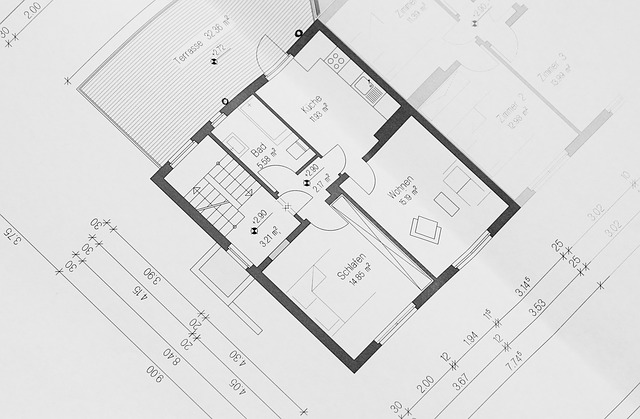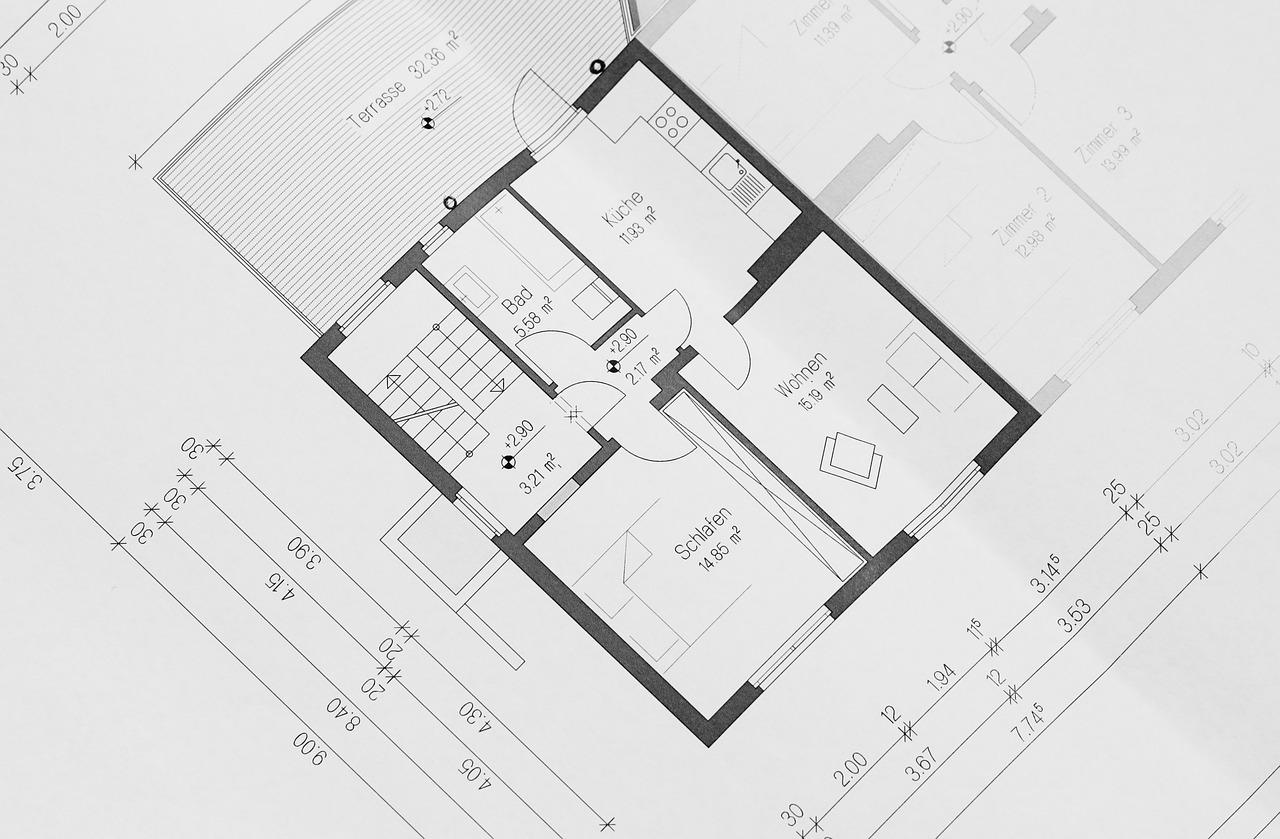Last Updated on June 6, 2023 by Eng Katepa
Difference Between Architect and Civil Engineer, Architects, and Civil engineers share many tasks but their core responsibilities are different.
In the construction business, civil engineers and architects have vital functions, many of which are similar. Their end goal is the same – to construct a structure out of nothing. In their professional life, they must rely on one another to accomplish this task.
That being said, there are certain clear distinctions between these two professions. Each has a set of well-defined roles that distinguishes it from the other.
If you are still confused about their definitions and job roles, don’t worry. In this article, you will find out the exact differences between them.
Architect and Civil Engineer Differences
What is Architect?
The architect is professionally trained in the art and science of building design. They develop the concepts for structures and turn those concepts into images and plans, which eventually may become homes, office buildings, and other facilities. Their work involves more than just the appearance of a structure. Everything architects design must be functional, safe, and meet the needs of the people who utilize them.


Architects’ Job Requirements
An architect must earn a professional degree from an accredited university or college. They typically focus on curriculum in architectural history and theory, building design, computer-aided design and drafting (CADD), construction methods, math, physical sciences, and other liberal arts courses.
People entering a career in architecture who want to receive an architecture degree and obtain licensure have two study options:
- B.Arch—This is a five-year program intended for students entering college from high school or with no previous architectural training.
- M.Arch—This can be either a two or three-year post-college program for students or professionals with pre-professional degrees (like an associate’s) in other disciplines or related areas.
Upon completion of undergraduate or postgraduate programs, architects must complete a three-year internship before taking the Architect Registration Examination administered by the National Council of Architectural Registration Boards, or NCARB for US Architects. This exam is designed to test the knowledge and skills regarding architecture to become a licensed architect. Most states require licensure and continued education to remain in compliance.
What Does an Architect Do?
Architects’ duties vary depending on the type of firm they work for, where they live, and some other factors. They may be involved in all phases of a construction project, from explaining ideas to clients and contractors to drawing plans and specifications to overseeing the different construction phases. Architects often collaborate with experts in related fields, such as interior design, city planning, and structural engineering.
For more explanations, An architect’s job is to look into the spatial design, functionality, and aesthetics of a structure. A civil engineer’s job is to design and plan the structures. An architect has to create the design with the help of shape, color, functionality, and space use.
The job of an architect is far more creative and visual. It requires a certain level of originality, creativity, and the ability to redesign structures by taking into account their aesthetics. It is the architect who will ensure that the final project looks appealing to the client as well as the audience.
Architects’ duties fall into the following main roles:
Consult and Design stage
The architect consults with clients to determine their requirements and to prepare drawings and specifications of the concept. The designs must comply with building, safety, and local planning regulations and restrictions. Regular client meetings are involved in discussing design proposals.
Documentation stage
During this phase, the architect captures the design on paper. They create detailed drawings with CADD technology to ensure the feasibility of the design. There may be several revisions and drawings of the designs to meet the client’s needs. Once the design is approved, it is translated into construction instructions and technical specifications for construction experts to carry on site.
Construction site
During this phase, the architect visits the construction site and meets with the construction crew to oversee the construction, signing off on various pieces of work, negotiating with contractors if needed, and resolving any problems that arise.
What Is A Civil Engineer?
A Civil Engineer concentrates on the structural elements of the design of roads, bridges, buildings, water systems, and dams. Their primary role is to design these structures and plan projects. Although they spend most of their time in their offices, they must visit the construction sites for overseeing the work.
A civil engineer needs to have a background in mathematics, economics, and excellent problem-solving skills. Project developments come with their fair share of problems, and it is a civil engineer’s job to solve them with caution.
Job Responsibilities
- Designing infrastructure, both public and private, using design programs
- Testing different building materials
- Supervising projects and maintenance of the infrastructure
- Performing various surveying operations
- Following strict rules and regulations while designing to avoid possible hazards
How Do Their Roles Merge & Differ?
As you can see, several aspects of a civil engineer and an architect’s roles merge. They must join hands to create a complete, visually, and structurally strong project. Often, they are required to share thoughts and ideas about how a project can be improved.
It is the civil engineer’s task to analyze it and consider the possibilities of construction design. It will be a civil engineer who has to find all the suitable materials for the project’s competition. They may also suggest modifications and alterations to the project if it does not meet safety standards.
However, an architect is primarily responsible for overseeing the project’s design, aesthetics, and spatial functionality. They may provide inputs on how specific spaces of the structure may be modified to make them more aesthetic. They may also redesign certain structures, adding color and textures, which are more visually appealing.
A civil engineer will have to oversee these ideas and discuss with the architect if they are realistically possible or not.
Final Words
The responsibilities of both professionals are extremely important to see any construction project to completion. They may butt heads at times, but it is only through this process that they can build some of the most functional and aesthetic structures.
Overall, one would not be possible without the other. We hope we could clear your confusion and provide valuable insight on this topic. That being said, we shall take our leave.
We hope this article helped you learn about the Difference Between an Architect and Civil Engineer. You may also want to learn about Floor and Decor: Types and Materials, What is the Function of Buildings?, Types of Glasses for Construction, and What is Architecture?
If you liked this article, please Join WebsiteForEngineers on Telegram, and you can also find us on Pinterest, Twitter, and Facebook.


5